How the biggest amount of ‘Mother of Satan’ explosive could have blown up an Australian city
It’s the explosive of choice for terrorists and just the tiniest amount can cause serious injuries. So when three kilos was discovered, bomb technician Jodie Pearson had to take drastic action. LISTEN TO EPISODE TWO OF OUR PODCAST
Behind the Scenes
Don't miss out on the headlines from Behind the Scenes. Followed categories will be added to My News.
- Top cop’s ‘gut feeling’ about MP’s murder
- The ‘gang buster’ cop who made bikies cry
- Catch up on Police Tape: Series One
- How top cop helped catch Anita Cobby’s killers
It was the biggest discovery of the explosive dubbed the “Mother of Satan” in the southern hemisphere.
Just the tiniest amount of TATP – the explosive of choice for terrorist organisations such as ISIS and al-Qaeda - is highly volatile and deadly.
It was used to deadly effect in the 2005 London bombings and in the failed attempt by Richard Reid, the so-called ‘shoe bomber’, to blow up a transatlantic US flight in December 2001.
Counter-terrorism experts have said many would-be terrorist bombmakers have been killed over the years attempting to use TATP because it is so volatile even a sudden movement can set it off.
Listen to the podcast for Police Tape Blue Sirens below:
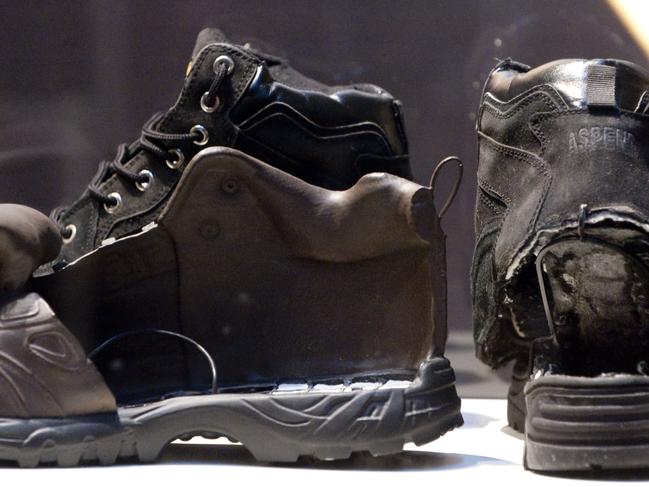
But when three kilos of it was found by a member of the public, the package was at first thought to be just a bag of drugs - TATP a white crystalline power that looks like methamphetamine or sugar - and it was taken back on a 150km road trip to police CIB headquarters.
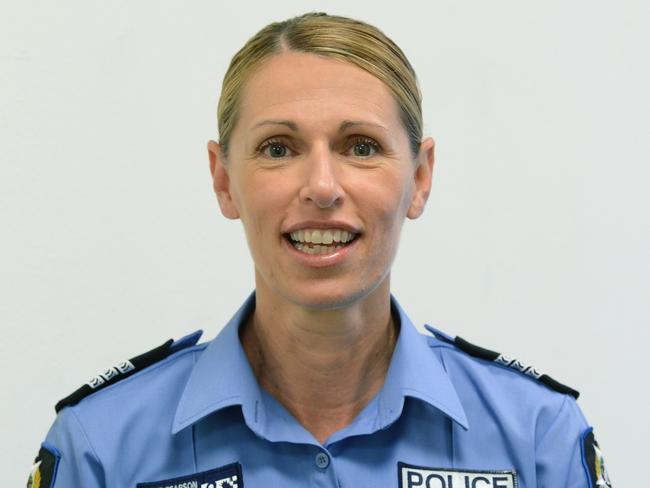
Detectives opened the package and, seeing some unusual electronic components, called for a chemical analysis of the substance. It tested positive for acetone, not drugs.
Bomb technician Jodie Pearson said the unusual package soon became a suspicious package – especially because there was such a significant amount. Sensing something was wrong, Inspector Pearson, who had been off duty, went straight back to the office to see if she could help.
“We got the confirmation it was TATP, (the explosive used in the London bombings) so that changed everything,” she said.
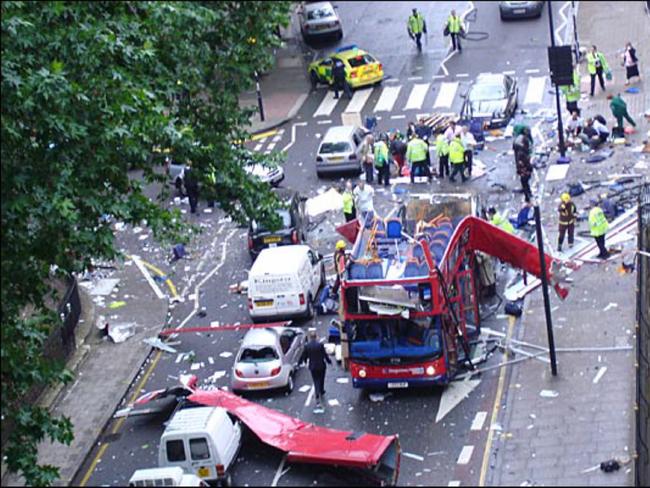
“…We evacuated everybody from the entire building. We evacuated everybody from the neighbouring building... in the London bombings, a policeman stood on some granules on the ground and it exploded under his foot. So when you’ve got three kilos, we were thinking, oh, my goodness, it was pretty much unheard of, it was the largest amount in the southern hemisphere ... so this was really something significant,” Inspector Pearson said.
“We didn’t know too much about it…we didn’t know whether it was a terrorist. We didn’t know whether it was criminal, we didn’t know anything about it … so we kind of just did the rollout, and the logistics were the most complex because the way that you have to deal with TATP, you can’t just pick it up and move it, it’s that volatile. Normally how you get rid of it is you explode it in situ. So you countercharge it and do it.”
But they were in police headquarters.
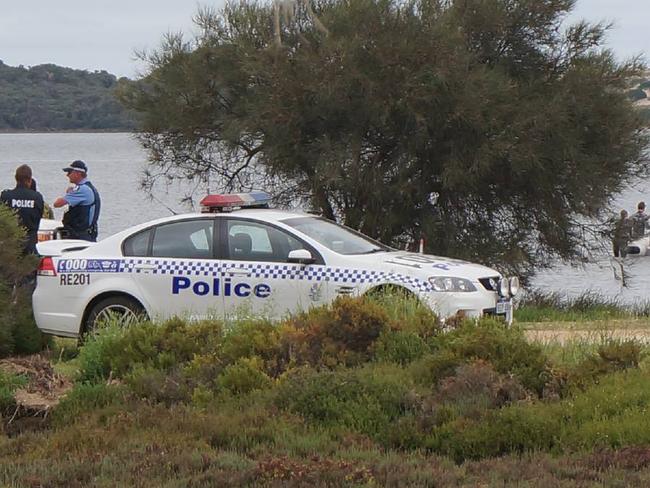
Inspector Pearson was Australia’s first female bomb technician. As a member of the bomb squad she was always walking, very slowly towards danger. Her typical day at the office could include investigating suspicious packages, clearing venues ahead of visits by dignitaries like the Queen and, attending gruesome crime scenes.
Inspector Pearson has spoken out about her the time at the bomb squad for West Australian Police in the new Police Tape series, Blue Sirens.
The podcast series talks to policewomen around the country at the peak of their careers including detectives who worked on Melbourne’s gangland murders, the top cop they refer to as the gang buster, a Deputy Commissioner who has been stalked and harassed, and an FBI-trained criminal profiler.
Inspector Pearson has worked around the country clearing sites and checking for explosives at the Sydney Olympics and international gatherings of politicians including CHOGM and APEC.
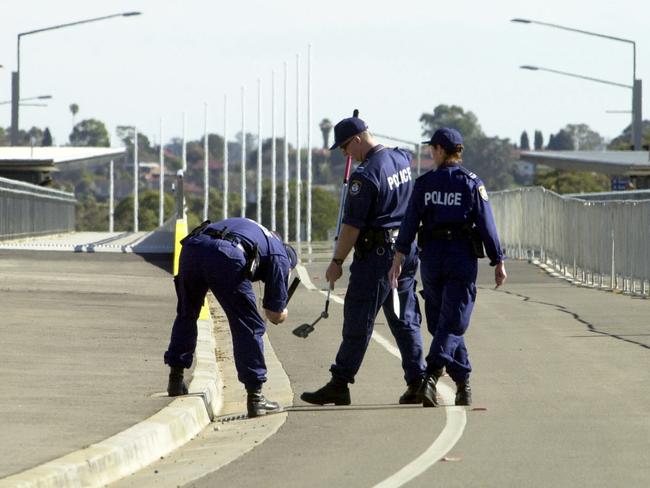
Despite all that experience, she had never seen anything like the package of TATP that turned up that day.
“It’s a homemade explosive that’s used by terrorists pretty much. But you can really normally, traditionally only make it in very small batches, and I’m talking 20 grams, 25 grams because it is highly volatile. I think one of the London devices, I think there was maybe 50 grams, but very, very small amounts.”
She said it is created through the chemical reaction between hydrogen peroxide and acetone, is highly volatile, and particularly susceptible to heat, friction and shock.
In many cases you would try to counter charge it and blow it up on the spot rather than risk lives by moving it.
“But we were in literally police headquarters, the detectives headquarters, so that wasn’t an option so we had to move it. But we’re right in the middle of the city ... the blast damage radius in a city is massive so we knew we had to move it. So we had to find somewhere where we were going to move it, how we were going to countercharge it, how we were going to physically move it …knowing how volatile it is, and you can’t do everything with the robot,” she said.
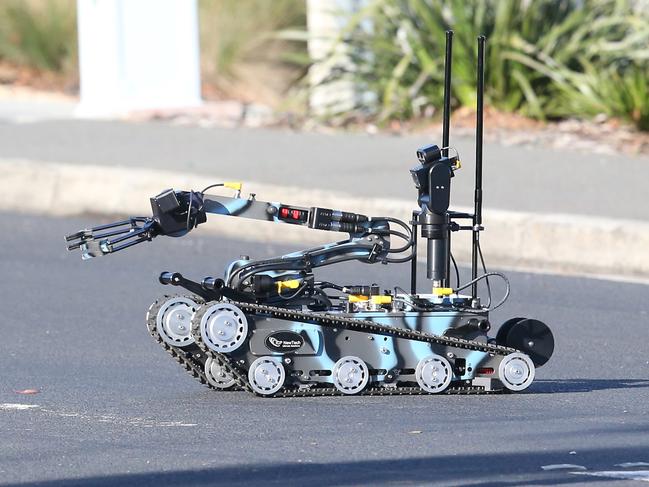
“So, that was like a puzzle that we had to solve. So, we record our entire team, which was six people, and then we all allocated jobs, so we had bomb technicians, we found Gloucester Park, (a large harness racing track on the edge of Perth’s CBD ) where we were going to do the countercharge, so we had a couple of bomb technicians making the countercharges down there. We had some of us formulating a plan that was going to keep us all as safe as possible but help us move it.”
Inspector Pearson said it was an extremely dangerous operation and then came the investigation. Who had done it and why? And was there a lab making more explosives?
CATCH UP ON SERIES POLICE TAPE: SERIES ONE
CLICK HERE: Detectives lift lid on nation’s most gripping cases in Police Tape podcast
Originally published as How the biggest amount of ‘Mother of Satan’ explosive could have blown up an Australian city
